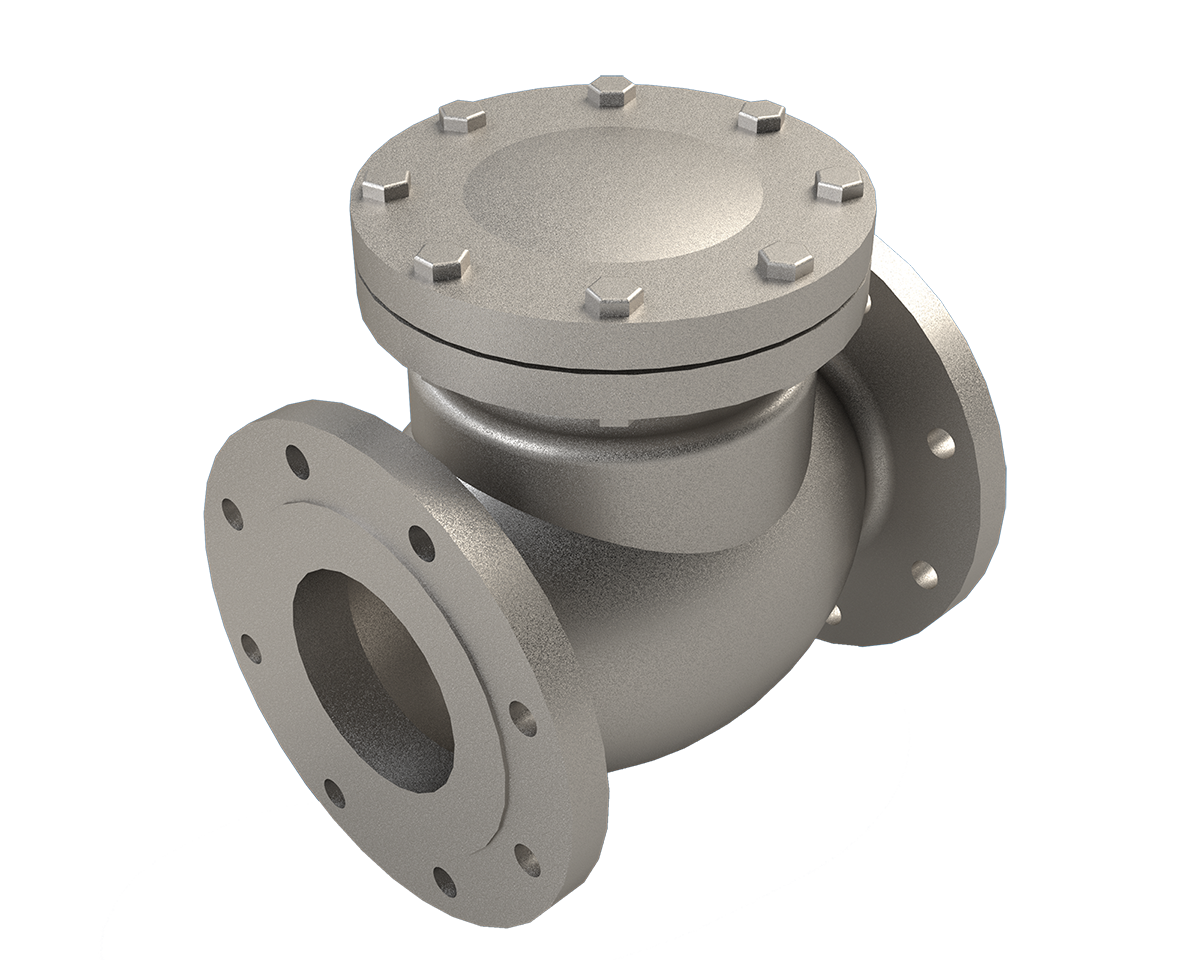The appropriate size of a swing check valve for a specific application depends on several factors, including the size of the piping system, the flow rate of the fluid, and the pressure drop across the valve.
Here are the steps to determine the appropriate size of a swing check valve for a specific application:
Determine the size of the piping system: The first step is to determine the size of the piping system where the swing check valve will be installed. This will typically be measured in inches or millimeters.
Calculate the flow rate: The next step is to calculate the flow rate of the fluid that will be flowing through the piping system. This can be calculated based on the size of the pipe, the velocity of the fluid, and the density of the fluid.
Determine the pressure drop: The pressure drop across the valve is the difference in pressure between the upstream and downstream sides of the valve. This can be calculated based on the flow rate, the size of the valve, and the type of valve.
Select the appropriate valve size: Once you have determined the flow rate and pressure drop, you can select the appropriate size of the swing check valve. The valve should be sized to handle the maximum flow rate with a minimum pressure drop.
It’s important to note that the appropriate size of the swing check valve may also depend on other factors, such as the type of fluid being used, the temperature and pressure of the fluid, China swing check valve factory and the specific application. It’s always best to consult with a qualified engineer or valve supplier to ensure that the correct size and type of valve is selected for a specific application.
Are there any other factors I should consider when selecting a swing check valve?
There are several other factors to consider when selecting a swing check valve for a specific application, including:
Material: The material of the valve should be compatible with the fluid being used and the operating conditions of the system, such as temperature and pressure. Common materials for swing check valves include cast iron, stainless steel, brass, and PVC.
Type of hinge: There are two main types of hinges used in swing check valves: top-mounted and center-guided. Top-mounted hinges are less expensive but may be less durable than center-guided hinges, which provide better alignment and stability for the disc.
Seat material: The seat material of the valve should also be compatible with the fluid being used and the operating conditions of the system. Common seat materials include rubber, PTFE, and metal.
Flow characteristics: The flow characteristics of the valve should be considered, such as whether it provides a full port or reduced port. A full port valve provides less restriction to the flow of the fluid, but may be more expensive than a reduced port valve.
Installation: The installation of the valve should also be considered, such as whether it will be installed horizontally or vertically, and whether it requires a specific orientation.
Maintenance: The ease of maintenance and repair should also be considered, such as whether the valve can be easily disassembled for cleaning or replacement of parts.
Overall, selecting the appropriate swing check valve for a specific application requires consideration of several factors, including material, hinge type, seat material, flow characteristics, installation, and maintenance. It’s important to consult with a qualified engineer or valve supplier to ensure that the correct valve is selected for a specific application.

